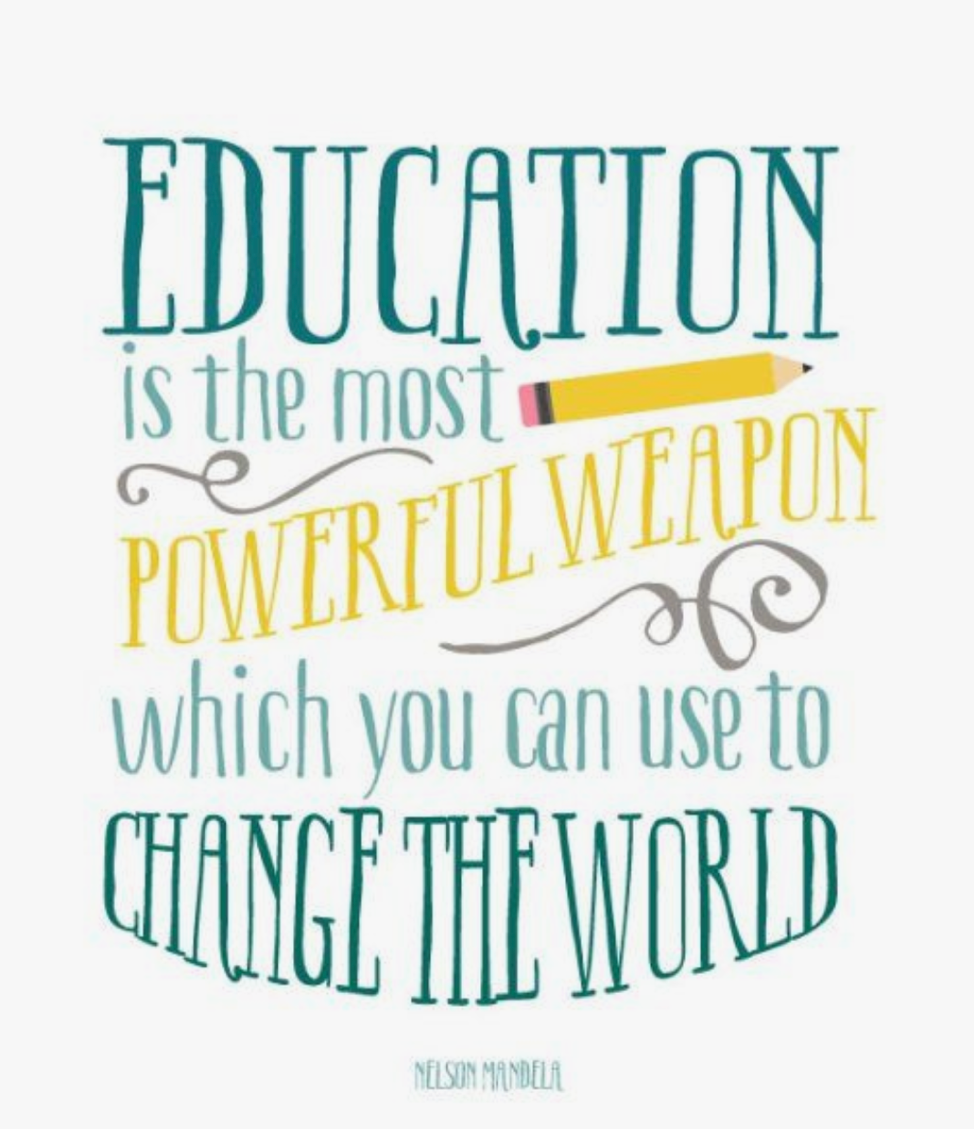Happy Halloween everyone ?
For my Multimedia Response #2, I read the article titled “Teaching in a Participatory Digital World” by Dr. Michele Jacobsen and watched the YouTube video titled “The Influence of Participatory Culture on Education” by Dr. Henry Jenkins. I decided to do a Twitter essay, which evidently turned out to be a lot more challenging than anticipated (my Twitter handle is @missmadisonbeth, please click the link to find the full essay). I am a very visual person, so I actually had to make my own sketch note after reading/watching the content to organize my thoughts and ideas. The most challenging part about using Twitter was the character limit. I had SO much I wanted to say, but creatively…Twitter was too limiting for me. Organizing my thoughts into the small character limit took a lot longer than I wanted and I ended up getting very frustrated. For my Multimedia Response #1, I designed a sketch note where I had complete freedom in what I incorporated. For a couple of my tweets in the essay, I drew words on pictures to help reflect what I was thinking, as seen on tweet #2:
2. Students have grown up with an online community constantly at their fingertips. Educators may feel they are in a constant battle with technology, as it serves as a distraction in the classrooms. #UWinDig pic.twitter.com/byZnfqZJFy
— Miss Madison Beth (@missmadisonbeth) October 31, 2018
My favourite component about Twitter was the ability to add a poll in the tweet itself. I thought this was a great, engaging way to get a discussion going on a topic. Another great component on Twitter is the ability to use emojis and gifs to help others understand the tone of the post. Twitter allows collaboration with peers and the ability to incorporate other resources to your thoughts to give further evidence (like adding a website link or a screen shot of research data).
Before reading the Jacobsen article and taking this Digital Tech & Social Media course, I never imagined that social media platforms could be used in a learning environment. During my high school experience, cell phones and personal social media was kept personal and would never have been thought to be integrated into the class lessons. I believe students today are caught in the crossfire between the way they have learned to communicate (i.e. they have grown up networking and collaborating via podcasts, social media, blogs, gaming, etc.) and the ways in which learning in the education system is taught (i.e. working individually, having standardized tests, collaboration is seen as cheating, etc.). Our education system appears to be frozen in time in the 20th century and is too stubborn to evolve with the rest of the world. I believe the uses of digital technology in the classroom should not be feared as it can provide teachers and students great value to the learning process. I agree with Dr. Michele Jacobsen in her article when she explains that digital technologies and platforms allow students to be creative and to actively participate with one another. Statistics show that the workforce is changing as the job opportunities in Canada are transitioning towards tertiary sector jobs (jobs that provide a service rather than extracting raw materials, like the primary jobs, or manufacturing goods, like the secondary jobs). Students should learn the proper skills to be critical thinkers, innovators, and collaborators in order to contribute to this changing society. Jacobsen argues that implementing open source platforms with technology in the classroom will provide opportunities for students to learn these required skills.
Jacobsen brought up the idea, that in order to unleash the power of using open source platforms, such as Twitter, in a classroom setting, the firewalls and filters would need to be obliterated. This information completely changed how I previously thought about the safety provided on the school networks. In order for the education system to evolve in the 21st century with the rest of the world, students need to be able to understand how to navigate and collaborate effectively and safely. As I posted in my Twitter essay, I believe internet safety and ethics need to be taught to students at an early age as individuals are beginning to use technology earlier and earlier. This article was truly inspiring and I believe that educators have the power to truly make a difference in individuals’ lives, as Jacobsen said, “engaged teachers and engaged students go hand in hand.” I am inspired to provide challenging, inquiry based tasks that have true value beyond the classroom for my future students. I want to provide a learning environment that encourages passion-based learning, as I learned from the Jacobsen article.
Thank you for taking the time to read my blog post!

